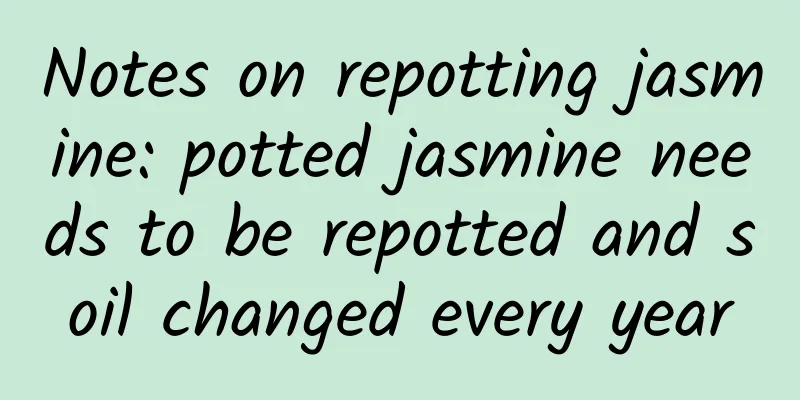The correct way to fertilize bone meal

|
Many people like to grow flowers and plants at home. One very important factor is fertilization, which can accelerate growth. Many people choose bone meal for fertilization. Here we will introduce the correct way to apply bone meal. The correct way to fertilize bone meal 1. Shallow burial of pot soil Bone meal cannot be sprinkled on the surface of potting soil. It is best to use it as shallow burial in potting soil or as base fertilizer. Bone meal is a slow-release fertilizer . It will slowly release fertilizer when put into the potting soil, gradually increasing the root growth of the plant. 2. Root spacing When using bone meal as base fertilizer, there must be a layer of soil in the middle, that is, cover it with a few centimeters of soil to allow a distance between it and the roots. It should be applied 6 to 8 centimeters away from the roots of the plant so that it is not easy to burn the roots. It will slowly ferment in the potting soil, and when the roots grow there, they will be able to absorb some of the nutrients. How often should bone meal be used? Bone meal is a powder made by grinding animal bones. It is a natural phosphorus and potassium fertilizer. It is rich in elements such as nitrogen, phosphorus and potassium. It can promote plant growth, making them stronger and their flowers more colorful. It can slowly release its fertility and is not easy to cause fertilizer damage. It is a long-acting compound fertilizer . If you want the flowers in your home to bloom earlier, you can dilute the bone meal 1000 times with water and then water the flowers. Watering them every 10 to 15 days will promote flowering and the flowers will be more beautiful. Generally speaking, if you use unfermented bone meal, it is recommended to bury it once every three months or more. If you use fermented bone meal, it is recommended to bury it at most twice a month, and it is recommended to supplement it once a month. How to make bone meal fertilizer? 1. Collect bones You need to collect some bone scraps. Of course, the leftovers will do. There is no need to buy fresh bones. 2. Wash and soak After washing the bone residue, soak it in clean water. This is to allow it to soak out the salt and seasonings in it to avoid affecting the plants when fertilizing. 3. Dry and crush After three days, spread it out in the sun to disinfect it to prevent the growth of bacteria and attract pests. After about 7 days of exposure, you can put it in a bag and smash it all with a hammer. The more broken the better, so it is easier for plants to absorb. That’s it |
<<: How to choose a pot for orchids? Which pot is best for growing orchids?
>>: Essentials for fertilizing and watering Impatiens, what to do if you apply too much fertilizer
Recommend
Is it profitable to grow Chinese medicinal materials? Is it profitable to grow Chinese medicinal materials?
Is it profitable to grow Chinese medicinal herbs?...
How to grow pennywort more luxuriantly in winter
1. High temperature When you grow pennywort in wi...
Complete Methods of Propagating Golden Echinops
Seed propagation of golden echinops When propagat...
How to grow and what to pay attention to when growing ground lotus
1. Soil The ground orchid likes fertile, loose sa...
The correct way to water green radish with beer
1. Dilute first. Watering directly will cause the...
Management methods of Amaryllis in four seasons
Spring Management Amaryllis is a bulbous plant. I...
Introduction to the use of insecticides for scale insects
Scale insects are a common agricultural pest. The...
What is the matter with the dry leaves of white palm
1. Too much watering 1. Reason: Generally speakin...
Why does the orchid only grow leaves but no flowers?
1. Lack of light Many people know that it likes s...
Can I water the green radish from the hose? Can I add aspirin?
1. Can I water it next? 1. The green ivy can be w...
The peony stopped blooming after being repotted. When should I repot the peony?
1. What to do if it doesn't bloom If the peon...
Ruby cultivation methods and precautions
1. Breeding methods 1. Watering: It likes water m...
When does Bear's Paw bloom?
When does it bloom? The flowering period of Bear&...
How to grow red claws from the succulent bear's paw
Bear's Paw Growth Conditions The succulent Be...
How to plant cyclamen seeds
Sowing time The sowing season of cyclamen is not ...









